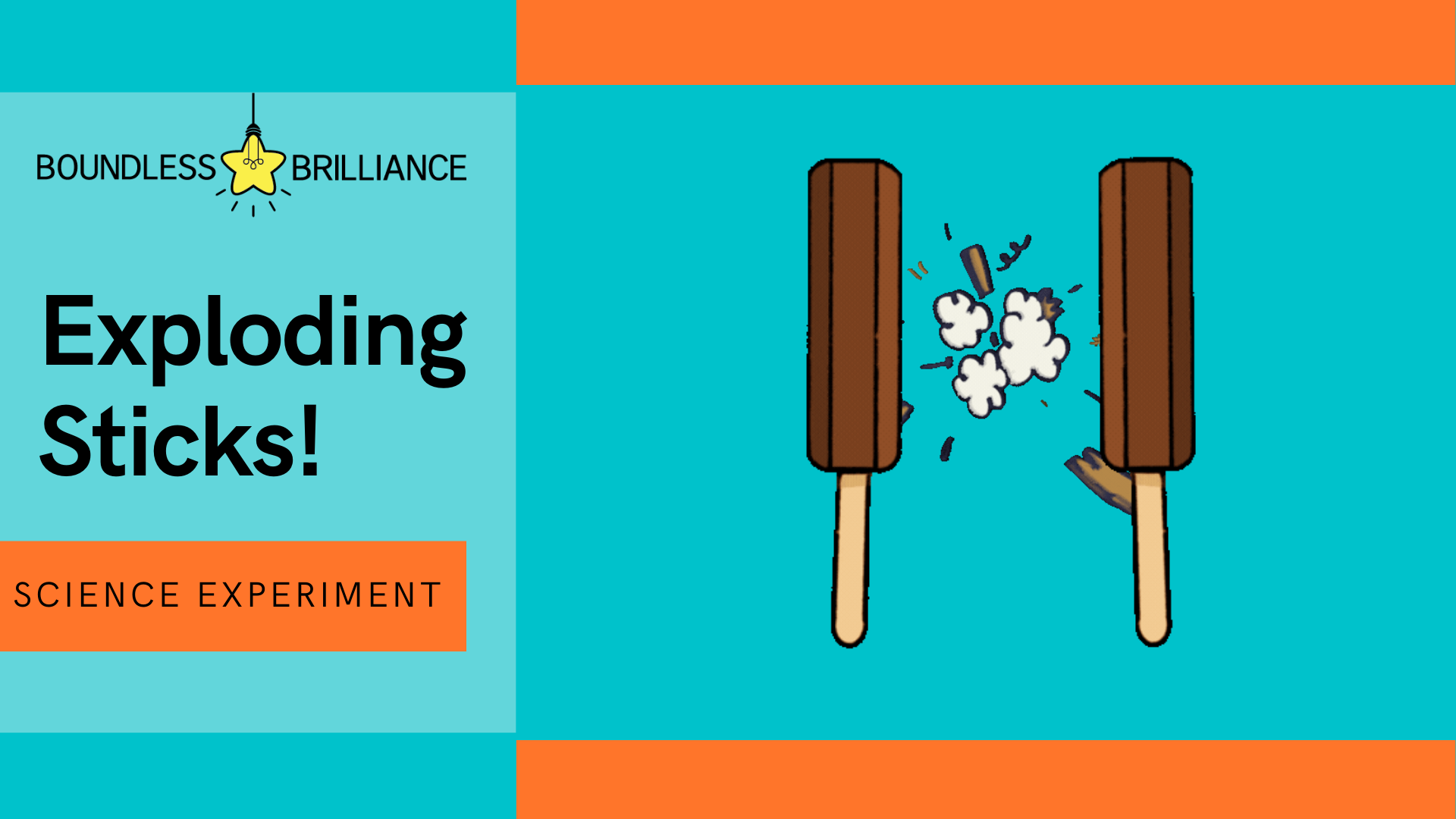Do you want to learn more about physics?
Using popsicle sticks, you can build chains to learn more about potential energy.
Let’s get building!
Materials:
Just a bunch of popsicle sticks!
Time Estimated:
Anywhere from 5-30 minutes (depending on how long you make the chain).
Directions:
To start making your popsicle stick chain, grab two sticks, and lay them in an "X" shape. The top stick is labeled with "T" and the bottom stick is labeled "B" in the picture for reference!
Grab a third stick and slide it under the bottom stick and over the top stick. Make sure that you are holding down the center of the "X" as you build your chain!
Repeat Step 2 on the opposite side of your stick chain.
REMEMBER, under the bottom, over the top.
Continue to add more sticks on each side until the chain is as long as you would like it to be!
Once you are finished building your chain, let go! Now, watch as your popsicle stick chain explodes!
Think Like A Scientist:
How could your popsicle stick chain stay together? Why did it suddenly explode?
How It Works:
In this experiment, you learned about potential and kinetic energy!
When you are placing the popsicle sticks over and under each other, there is a lot of bending in the wood. This is not a normal position for the popsicle sticks to be in. Because they are deformed and bent, they want to return to their original “straight” shape. This creates tension between the sticks, and while they are bent, they have potential energy!
Potential energy is energy due to a object’s position relative to the positions of other objects, while kinetic energy is the energy of an object due to motion. When the sticks are bent, they have potential energy that is converted (or transformed) into kinetic energy when the tension is released and the sticks explode!
Let’s look at another example! Imagine holding a ball at the top of a hill. While you are holding the ball in place it has potential energy because it is stable and not moving, and when you let go of it it has kinetic energy while it is rolling down the hill!
Try the experiment again and make a longer chain so that you can have time to see how energy flow works!
Looking for more fun at home STEM activities for your young scientist? Check out our workbook full of exciting science experiments and empowering activities!



